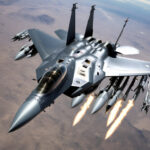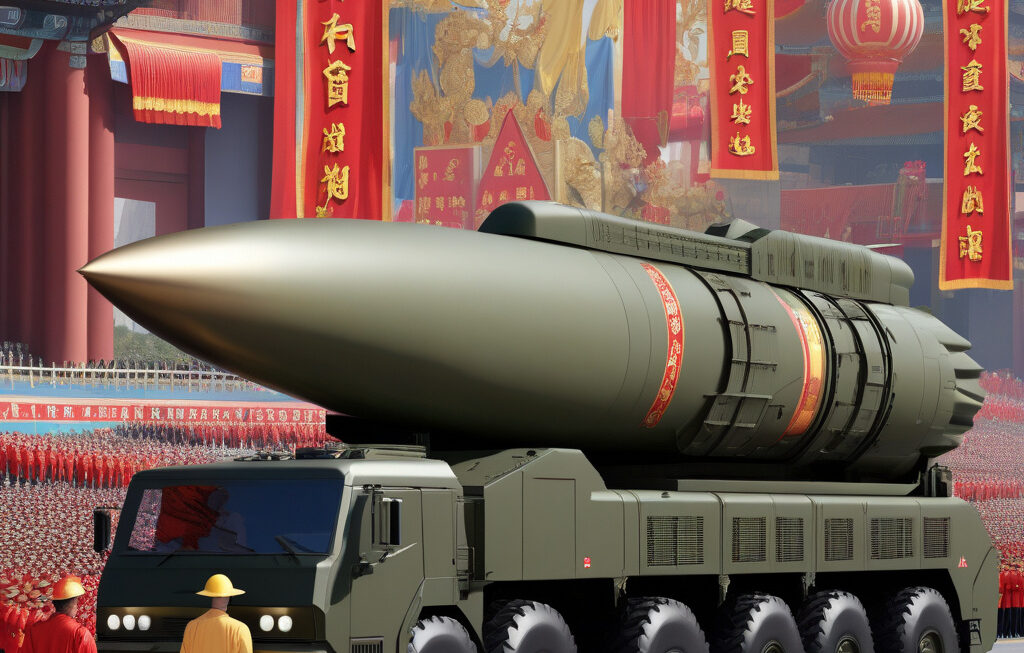US Army Leaps Into the Future: Super Network Speed with 90% Less Energy Consumption
In today’s fast-paced world, technology is constantly evolving, and the US Army is not one to be left behind. With researchers making significant strides in creating new antennas that offer the speed of 5G networks while consuming a fraction of the energy, the future of military communications is looking brighter than ever.
The development of these groundbreaking antennas is a game-changer for the US Army, providing them with the ability to transmit data at super-fast speeds while drastically reducing their energy consumption. This leap in technology not only enhances communication capabilities on the battlefield but also aligns with the army’s commitment to sustainability and energy efficiency.
By harnessing the power of these new antennas, the US Army will be able to streamline operations, facilitate real-time decision-making, and ultimately gain a competitive edge in an ever-evolving digital landscape. The implications of this technology reach far beyond the military sphere, with potential applications in various industries where high-speed, low-energy communication is a necessity.
One of the key benefits of these antennas is their ability to support the growing demand for data-intensive applications, such as real-time video streaming, remote monitoring, and advanced analytics. With traditional antennas struggling to keep up with the exponential increase in data traffic, these new antennas offer a scalable solution that can meet the needs of today and tomorrow.
Moreover, the reduced energy consumption of these antennas is a significant win for the environment. As the world grapples with the challenges of climate change and sustainability, every effort to cut down on energy usage counts. The US Army’s adoption of this technology not only enhances its operational efficiency but also sets a positive example for other organizations looking to reduce their carbon footprint.
Furthermore, the development of these antennas showcases the power of innovation and collaboration in driving technological advancements. By bringing together experts from various fields, including engineering, telecommunications, and military operations, researchers have been able to push the boundaries of what is possible and create a solution that addresses the specific needs of the US Army.
As the deployment of these antennas becomes more widespread, we can expect to see a ripple effect across the military landscape, with other branches and allied forces looking to adopt similar technologies. This will not only enhance interoperability and communication between different units but also pave the way for more efficient and effective mission execution.
In conclusion, the US Army’s transition to super network speed with 90% less energy consumption marks a significant milestone in the realm of military communications. With the potential to revolutionize how data is transmitted and processed on the battlefield, these antennas represent a giant leap forward in enhancing operational capabilities and reducing environmental impact. As we look towards the future, it is innovations like these that will continue to shape the way we approach technology and its integration into our daily lives.
US Army, Super Network Speed, Energy Efficiency, Military Communications, Innovation.












